Pivot Points Along Our Path
- Spencer
- Nov 30, 2020
- 6 min read
Updated: Aug 6, 2024
One of the questions we are most frequently asked is how do we plan our travel route. No, we don't throw a dart against a wall map, no we don't just go where the "wind takes us", we tend to follow after mild weather.
When we left Delaware, we had two guiding principals for this trip:
(1) Never be cold again, and
(2) Stay at least one night in all 48 contiguous states.
So we follow the thermometer. While we haven't been able to stay within the 70° range we had originally set for ourselves, if trending temperatures fall below this mark, we begin looking for sunnier horizons.
Below is our travel map from October, 2017 to September, 2018.

When temperatures get too cold, we migrate south; when they get too hot, we migrate north. On the first leg of our trip, as temperatures were slipping into the 50's in Delaware, we headed south. Four months later the road ended at Key West in Florida. It was almost a mind-trick having the calendar read February (where temperatures usually hovered in the 20's back home) but have the thermometer read 75°! Out came the shorts and t-shirts. It was warm. It was wonderful.
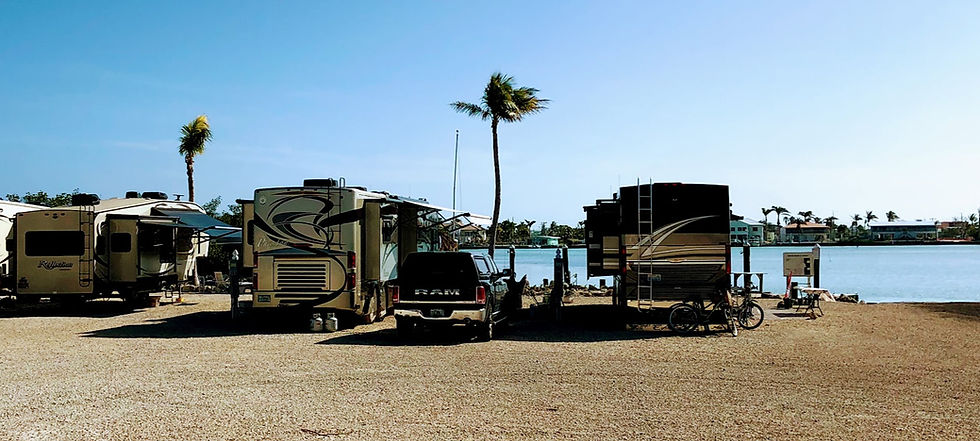
After leaving Florida (which is a really long state), we drove towards our second pivot point, New Orleans. Upon our arrival temperatures were already hovering in the 90's (and projected to rise into the 100's), so we decided it was a good time to forgo travel into Texas, and turn our sails northward.
This leg took us up through the expansive and fruitful heartland of America until we reached another pivot point at the city of Chicago. Now being mid-August, we knew it was only a matter of time before the cold weather would come knocking. Out came the road atlas. Hoping for an Indian-Summer, we drew out a route that would take us through Wisconsin, up into northern Minnesota (to visit some friends in Duluth), and then turn and hightail it south. But the cold Ontario winds would have the final say.
Once we got to Madison, Wisconsin, warning signs began to appear in the form of white, hexagonal shaped water droplets. While some may consider snow flakes a thing of beauty, we saw it as an ominous sign. Out came a large Tupperware container that we had shoved far under our bed hoping to never have to retrieve. Out came the sweaters and in went the shorts and t-shirts. It was a solemn occasion.
Knowing our time was limited, we lessened the duration of our stay in the land of "10,000 Lakes" (interesting factoid: Minnesota actually has almost 12,000 lakes of ten acres or more). Out came the eraser and Duluth was swept from our travel route. Minomonie, Wisconsin became a new pivot point. From here, we would turn and begin our trek south.

Instead of camping near Minneapolis, we decided to leave the RV in Menomonie and drive into the twin cities of Minneapolis/St. Paul, about an hour and a half drive.
MINNEAPOLIS:
As I've mentioned in prior posts, growing up I spent a lot of time watching TV. And one of my favorite Saturday evening shows was the Mary Tyler Moore show. A 70's sitcom about a spunky news woman who was trying to make it on her own in the "Big City" of frigid Minneapolis. I'm sure many are familiar with the iconic opening scene where Mary removes her cap and in a moment of liberation, exuberance, spontaneity and joy launches it skyward.

The image is burned into my cultural memory. So of course, we had to find that street corner. A little research took us to the corner of 7th and Nicollet Mall.

A lot has changed since then. Gone are the corner mailboxes, gone is the old lady with the quizzical expression and beehive hairdo, gone are the crowds of pedestrians going to and fro.
But, we did find this..

The city has dedicated a statue to her! After all, who else "can turn the world on with her smile"? It certainly worked for us.
Overall, we found Minneapolis to be somewhat indistinct, clean, and quiet. Similar to what we've found in throughout the Midwest. We visited on a weekend so most shops and restaurants were closed.


What we found most interesting was a series of walkways and "habitrails" that crisscross the city.



As you traverse these enclosed hallways you will pass restaurants, coffee shops, art galleries, stores, newsstands etc.. They say a pedestrian can cross from one end of the downtown area to the other without having to set foot on the street.

In a city that receives 54" of snow a year, and who's average winter temperature is 22°, that is a really good idea.
We took some time to visit Minnehaha Falls. The beauty of the falls have inspired countless generations. They were the setting of the poem The Song of Hiawatha by Henry Wadsworth Longfellow. The falls are the centerpiece of Minnehaha Regional Park which is the city's oldest and most popular park. The park provides miles of walking paths, children's play area, and manicured flower gardens.

The one thing I will always remember about this park is that I had some of the worst fish tacos I have ever eaten at a restaurant here! The Sea Salt Grill is located on the park grounds and serves burgers, fries, etc.. Imagine a thawed, soggy fish stick on a tasteless flour shell, and you have what they pass off as a fish taco. Worst thing, ever!

On to Saint Paul:
A short drive from Minneapolis is the capital of Minnesota, Saint Paul. A city with a completely different vibe. Even though the skylines of the two cities are close enough to elbow each other, they have very different histories.
So how is it that two distinct and prosperous cities developed within a stones throw from each other? Primarily because of these:

St. Anthony Falls. The only waterfall on the Mississippi River!
While it doesn't look too formidable today, back in the 1830's riverboats could only traverse the river up to this point. And with no bridges, rocky shoals and steep cliffs, the Mississippi was almost impossible to traverse. So the city of St. Paul sprang up on the eastern side of the river, and about fifteen years later, Minneapolis developed along the western side.
Culturally, Saint Paul and Minneapolis have very different backgrounds. Saint Paul was settled by predominantly French-Catholic missionaries and traders while Minneapolis was settled by Scandinavians who were Lutheran or other Protestants. Saint Paul feels more like an “East Coast City” whereas Minneapolis more resembles a Mid-western city.
Saint Paul has a little more flash. More glass. More shiny stuff.



And of course, while here we had to visit the Capitol Building:

Completed in 1905, the building houses the Minnesota Senate, House of Representatives and Governor's Office.
SHOPPING!
No cross-country trip would be complete without a visit to America's largest mall. So while here we paid a visit to the Mall of America. 5,600,000 square feet of fun, food and wish fulfillment. All under one roof. Now, I've been to some large malls, or so I thought, but this place is an indoor! It has its own amusement park, movie theaters, hotel and aquarium. It hosts 48,000,000 visitors a year.
It was quite an experience.
ONE LAST STOP
As we prepared to leave Menomonie, (I enjoy saying that word) Wisconsin, and uncertain if we'd ever be in this area again, we thought it wise to cross the border into Minnesota and stay a few nights allowing us to cross the state off our list. So we began looking for a campground.

Finding a decent campground is not always an easy task. There is no "standard of quality" or governing board that regulates these parks. We've stayed (briefly!) at one where raw sewage flowed from a clogged sewer drain, to others that had water parks, multiple pools, and the roads were so well maintained that you could eat off of them (if that was your ilk). Everything else falls in between. There is a string of campgrounds designated as KOA's (Kampgrounds of America).

These can be found throughout the United States and have a certain baseline of quality. But these too can be hit-or-miss. Some KOA parks are old and others are quite old; and they usually run $5-$10 more per night than surrounding campgrounds. This prices them out of our market. We only stay when nothing else is available.
We choose the Albert Lea/Austin KOA in the southeast corner of the state. And in the middle of a farm country. We rated it about 3/5 stars. Dirt pads and roads. But on the bright side, no flowing sewage, so that was a plus. It met our needs but was nothing special.

Just outside the small farm town Austin, Minnesota, this campground caters to those wayward travelers looking for a place to stop in between more important destinations.

Here is Austin's small downtown area. As you stroll along these streets, its easy to imagine life as it used to be. A simpler time. We stayed three days at this campground before moving onto Iowa. Where we plan to visit the future birthplace of a galaxy-renowned space explorer..
But more on that next time.

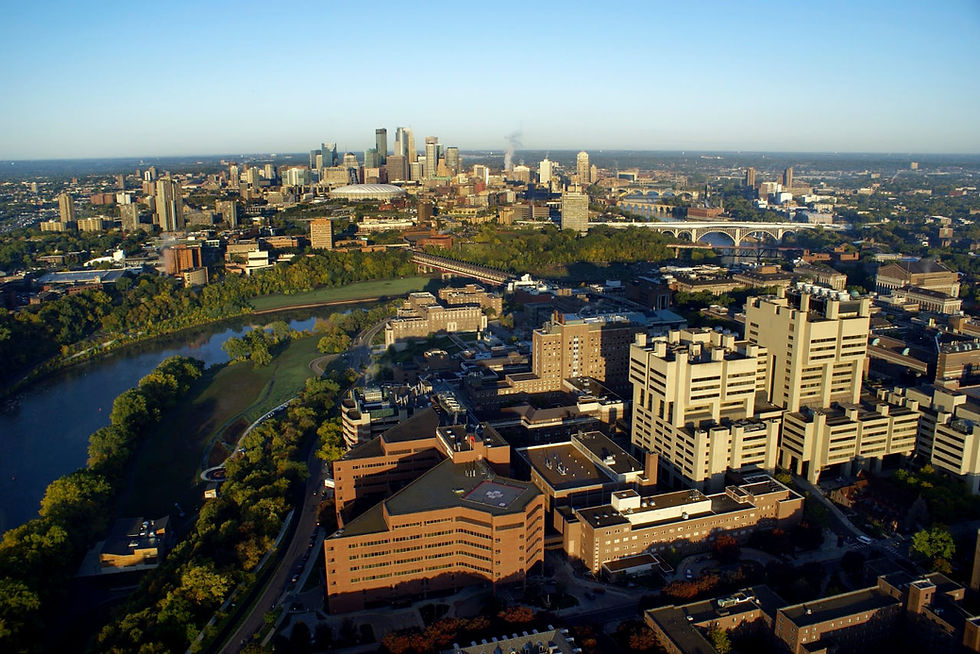




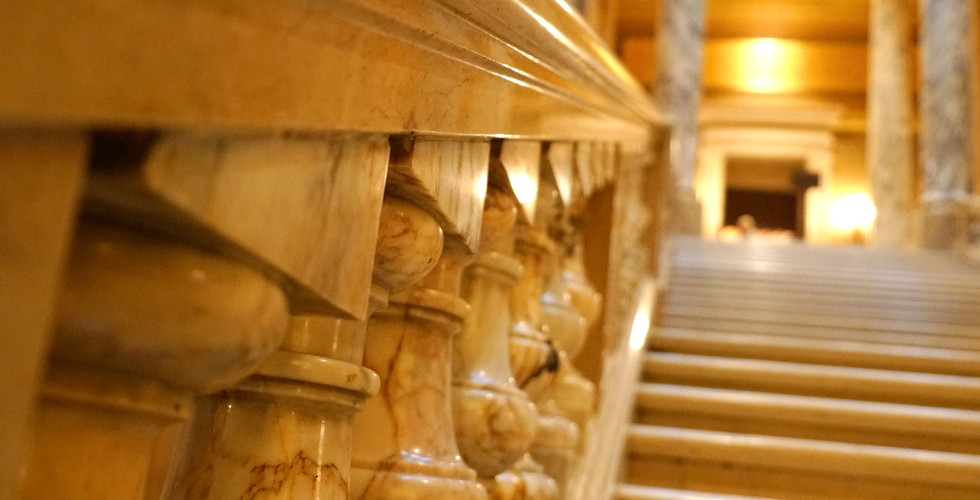



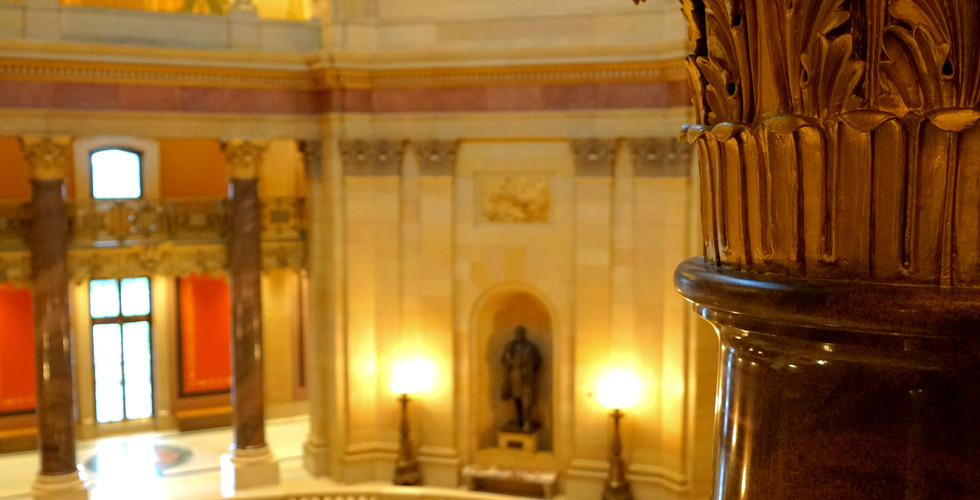

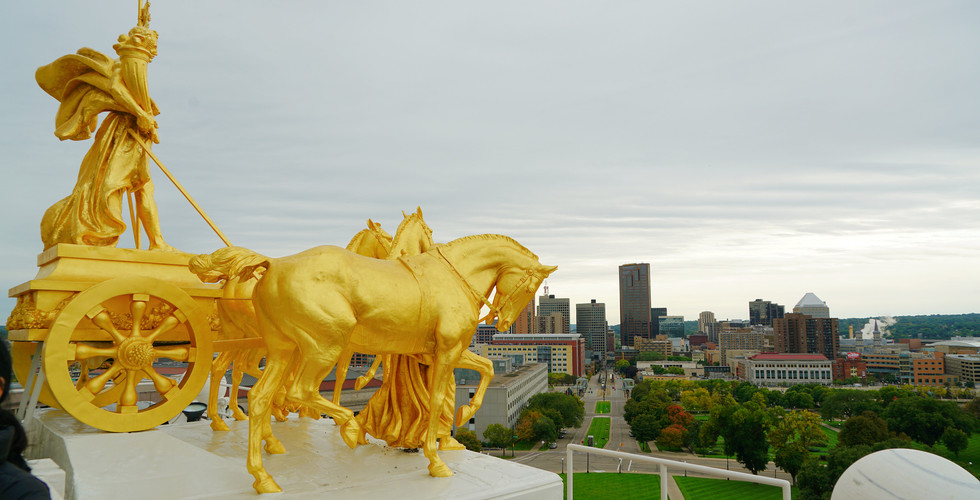



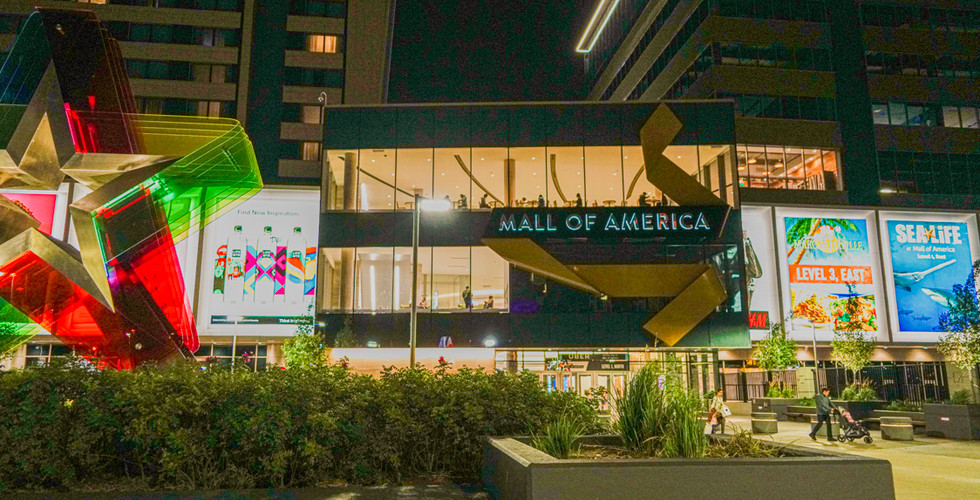
















Comments